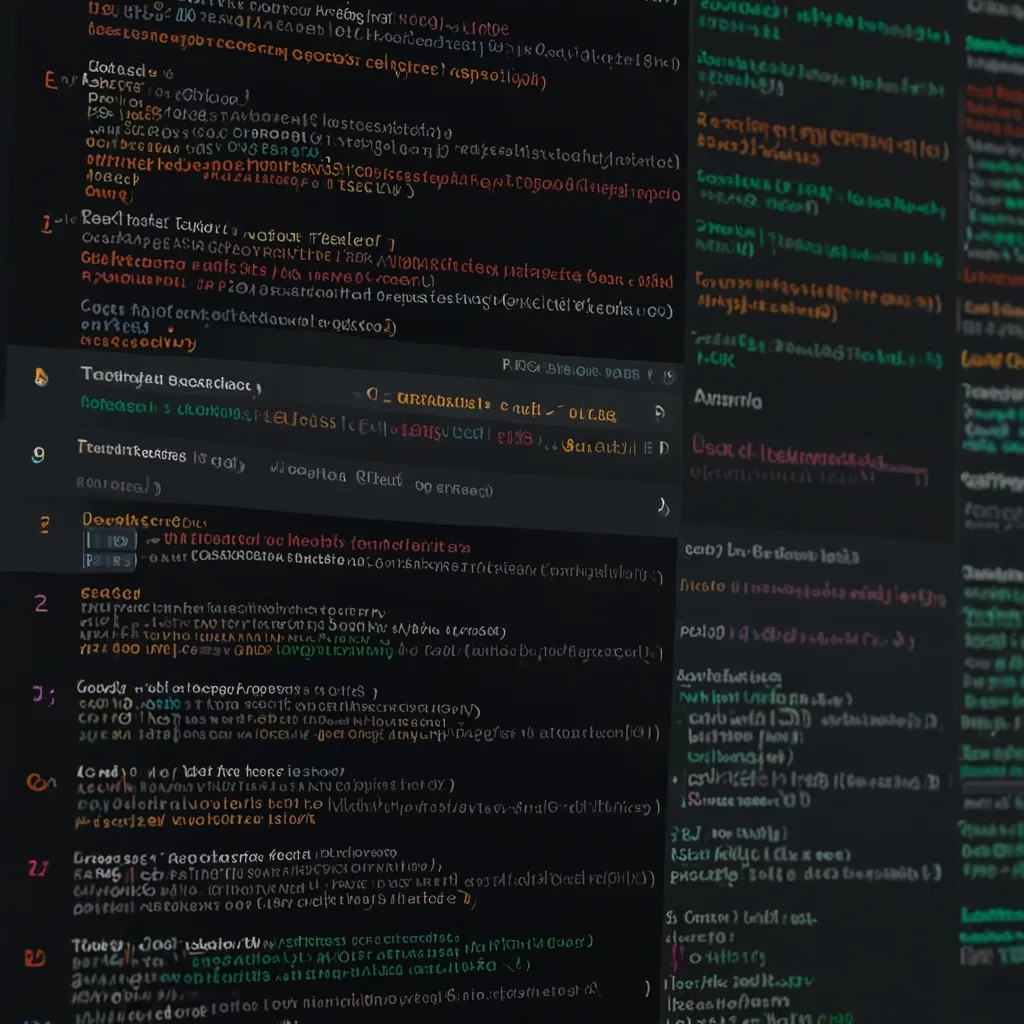In the bustling digital era we live in today, the significance of cybersecurity can’t be overstated, particularly for web developers. With the surge in online transactions, data exchanges, and interconnected gadgets, the specter of cyberattacks looms large. Hence, shielding your website and ensuring data privacy aren’t just best practices—they’re pivotal responsibilities.
Cybersecurity isn’t merely about blocking intrusions; it’s about defending the entire array of internet-connected devices and services from malicious antics by hackers, spammers, and cybercriminals. The crux of it is to protect all types of data from theft and loss, including sensitive details like personal identifiable information (PII) and protected health information (PHI). These safeguards extend beyond websites to encompass networks, databases, and even smart home devices.
When diving into web development, the role isn’t limited to crafting a sleek, functional website or app. There’s a deeper responsibility—securing the data of every user who interacts with your platform. One data breach could unravel personal details of millions, culminating in financial setbacks and eroded customer trust. Thus, weaving cybersecurity practices into the fabric of your development process is indispensable.
Consider preventive measures akin to setting up a fortress. Secure coding practices form your initial defense line. Using secure protocols, validating inputs, and keeping software components updated are essential. For instance, opting for HTTPS over HTTP encrypts data during transmission, posing a tougher challenge for hackers intent on intercepting sensitive info.
Equally critical is the maintenance aspect—regular updates and patches. Every other day, new vulnerabilities are unearthed, and patches arrive to mitigate them. Ignoring these invitations to update your systems is like leaving your door wide open for intruders. A glaring example is the Log4Shell vulnerability in 2021, which underscored the need for prompt updates, as it had a sweeping impact catching millions off-guard globally.
Another cornerstone of security is implementing robust password policies. Encouraging users to craft complex passwords, enabling two-factor authentication, and limiting login attempts can significantly curb unauthorized access attempts.
Even with top-notch preventive strategies, breaches can slip through the cracks. Hence, detective measures serve as your Plan B. Vigilant monitoring and logging are crucial—keeping an eye on your website’s activity and logging details aids in early breach detection. This could involve scanning for unusual traffic spikes, failed logins, and other red flags.
Equipping yourself with an incident response plan is akin to having a fire drill in place. Knowing the steps to take during a breach—containment, eradication, recovery, and post-incident review—ensures a swift and structured reaction. If a breach does happen, isolating the affected zone, nullifying the threat, restoring systems, and informing concerned parties should be meticulously followed.
Several tools and services can further bolster your cybersecurity fortifications. Security scanning tools, like Snyk and Mend, can examine your codebase and open-source components for vulnerabilities, nipping potential major issues in the bud. Advanced anti-malware tools go beyond basic threat detection, scrutinizing behaviors and anomalies to spot and curb threats that traditional systems might overlook. Web Application Firewalls (WAFs) are particularly handy, acting as a barrier between your site and the cyber world, filtering out malicious traffic and thwarting common web attacks like SQL injection and cross-site scripting (XSS).
Collaboration is the secret sauce in achieving robust security. Web developers and cybersecurity experts should work hand-in-hand. A basic grasp of coding on the part of cybersecurity professionals helps them better understand vulnerabilities and think like potential hackers. Conversely, raising security awareness among web developers makes the task of cybersecurity teams much more straightforward. Secure coding practices and validating user inputs from the get-go can preempt many standard web vulnerabilities.
Let’s not kid ourselves—cybersecurity is a dynamic, ever-changing field. New threats keep popping up, and staying updated is vital. For web developers and cybersecurity professionals alike, continuous learning is non-negotiable. Engaging in workshops, online courses, and following industry blogs are excellent ways to stay abreast of the latest threats and evolving best practices.
It’s worth noting that cybersecurity isn’t the solitary concern of the IT department—it’s a collective responsibility, spanning the entire enterprise. From developers and designers to non-technical staff handling user data, every individual should play a part in ensuring robust security. Clear roles and responsibilities, paired with the necessary authority to act, lay the groundwork for solid cybersecurity.
Notable real-world examples emphasize the gravity of cybersecurity in web development. Take the Log4Shell vulnerability from 2021. It showcased how a single loophole could ripple across millions of apps and devices. Companies such as Telenor employed tools like Snyk to scan repositories, curbing the fallout from this vulnerability significantly.
With cybersecurity, there’s no room for complacency. An unwavering focus on best practices, leveraging advanced tools, and fostering a collaborative environment between web developers and cybersecurity teams can markedly diminish the odds of falling prey to cyberattacks.
Ultimately, prioritizing cybersecurity goes beyond protecting your business—it’s about nurturing trust with your customers. In a world where digital interactions are the norm, this trust forms the bedrock of long-term success. Taking cybersecurity seriously ensures that while your users engage without a hitch, their data stays safe, securing the reputation and integrity of your digital presence. So, strap in, stay vigilant, and make cybersecurity a cornerstone of your web development journey.






